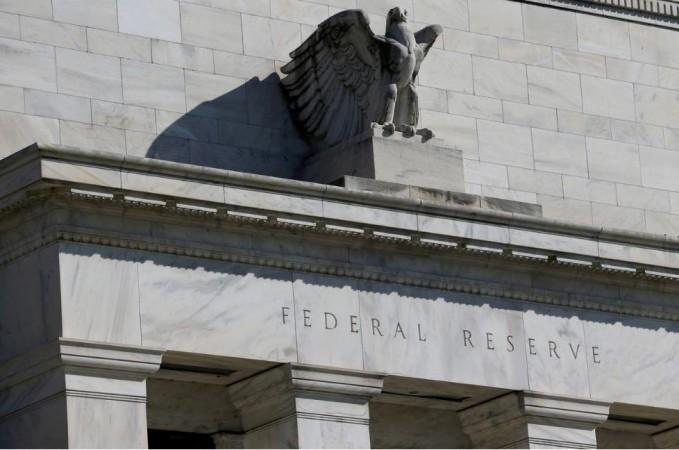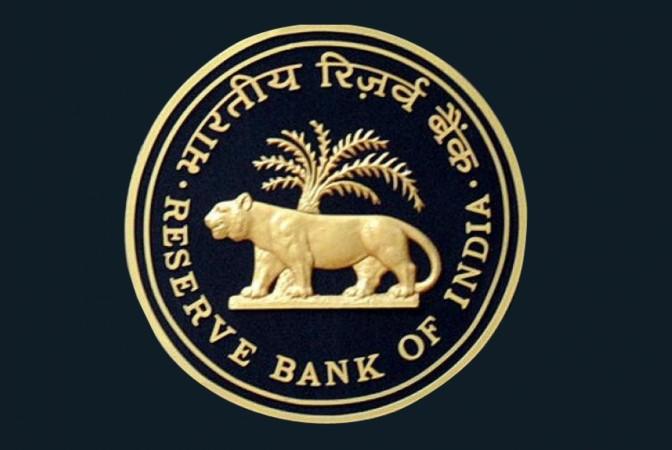
US Fed Reserves is looking at India's Unified Payments Identification (UPI) system as Google puts pressure on the central banking system to replicate India's model for mobile-based transactions, reports suggest.
Google, which successfully launched Google Pay across India, wants the US to incorporate UPI features in the proposed real-time gross settlement (RTGS) service. If the Fed adopts the key features of the UPI system, it will be a huge boost to the Digital India Initiative.
Simple transactions
The UPI has emerged as India's flagship real-time payment system since its launch in 2016, allowing users to transfer money directly from their bank accounts. The payment system works across multiple bank accounts, without revealing account details and makes transactions as simple as cash payments.
UPI transactions touched 120 crore in November, valued at Rs 1.89 lakh crores. Citing the UPI's phenomenal success in India, Google, in a letter to the Fed, said FedNow should be an open system, like the UPI, Business Standard reported.
Google partnered with regulators and the payments ecosystem to launch Google Pay."
"We've been pretty vocal that we believe the right model for driving digital payments is through a partnership between banks, governments and tech companies through open and standard-based infrastructures like UPI," tweeted Caesar Sengupta, general manager & vice-president, Payments and Next Billion Users at Google.

The Fed announced in August that it would develop a "new interbank 24x7x365 RTGS" with integrated clearing functionality to support faster payments. The Fed Board asked for comments on FedNow. Google has mentioned its Indian experience with Google Pay, its mobile payments app. Google Pay is competing with a host of other players like Paytm, Phone Pe and Amazon Pay.
The rapid adoption of the system drove its growth from 100,000 monthly transactions to 7.7 crore, to 48 crore, and to 115 crore monthly transactions in the first four years
"Google partnered with regulators and the payments ecosystem to launch Google Pay. This helped drive and scale UPI usage through the Google Pay app, which currently has 67 million monthly active users," a white paper said.
Google Pay has notched up than 250 crore transactions and now has an annual run rate of more than $110 billion in transaction value. The Reserve Bank of India (RBI) involvement in the Digital India Initiative helped faster adoption of the UPI by the banks.
Google says Google Pay has enabled not only basic payment services such as peer-to-peer and peer-to-merchant, but it also made possible value-added services such as instant loans. The company believes in keeping the service free and welcoming all banks, merchants and third-party technology players is what worked for the UPI.
Open technology
"First, the UPI is an interbank transfer system (there are now over 140 member banks, after initially launching with nine participating banks). Second, it is a real-time system. Third, it is 'open' - meaning technology companies can build applications that help users directly manage transfers into and out of their accounts held at banks," Mark Isakowitz, vice-president, government affairs and public policy, US and Canada, Google, wrote on November 7.
The rapid adoption of the system drove its growth from 100,000 monthly transactions to 7.7 crore, to 48 crore, and to 115 crore monthly transactions in the first four years. "After just three years, the annual run rate of transactions flowing through UPI is about 10 per cent of India's GDP (gross domestic product), including 800 million monthly transactions valued at $19 billion," said the letter sent to Ann Misback, secretary, board of governors of the Federal Reserve System.

















